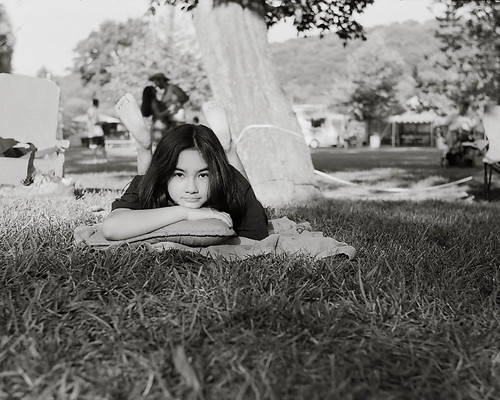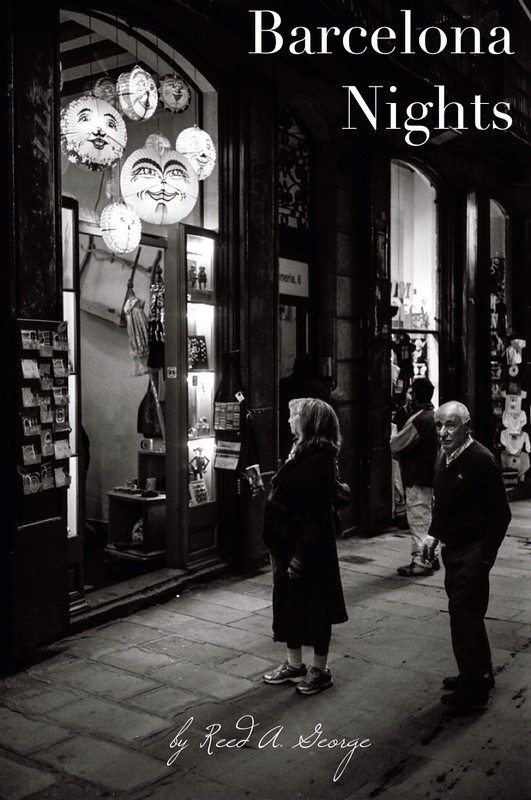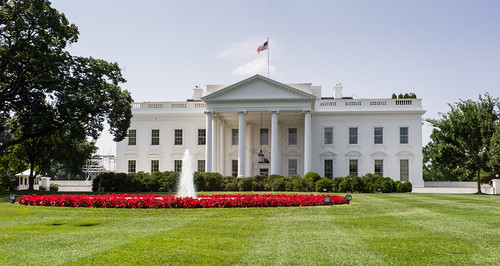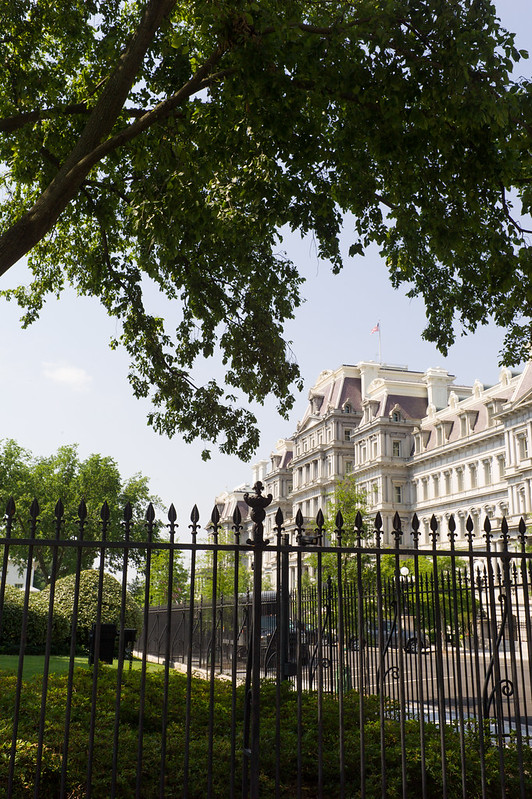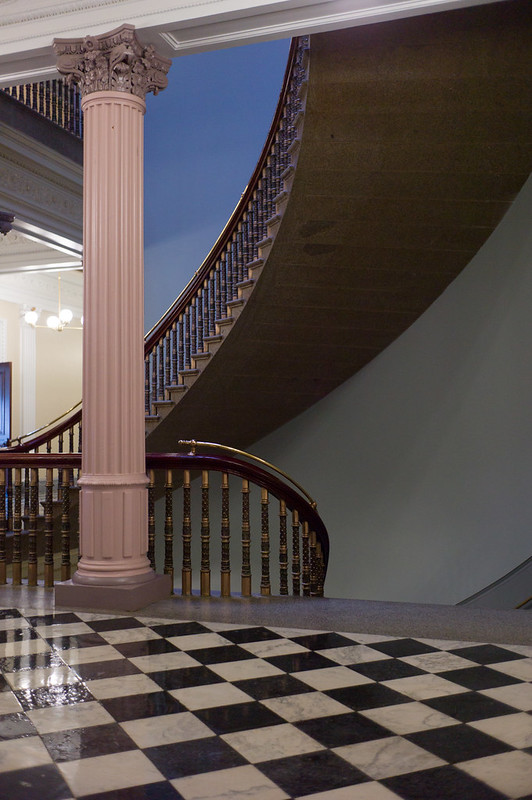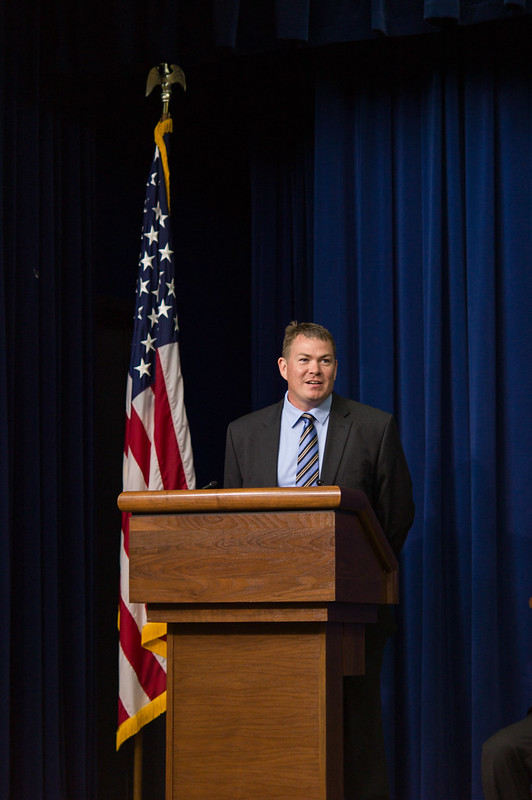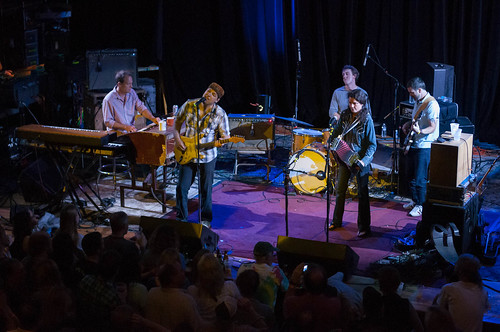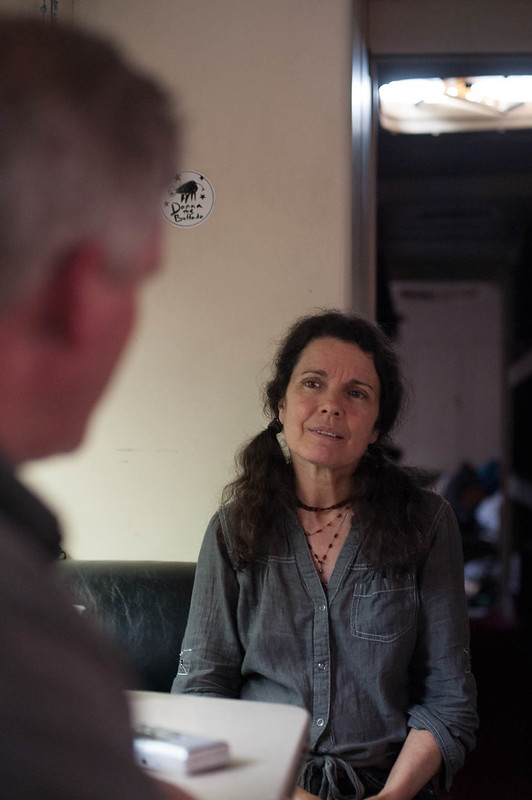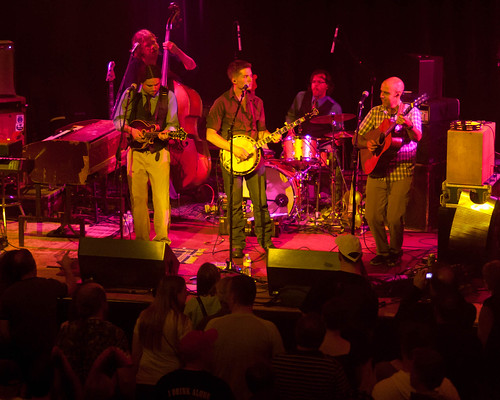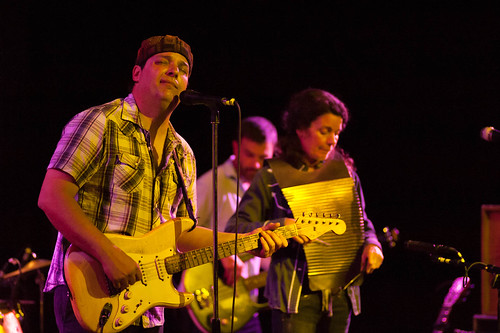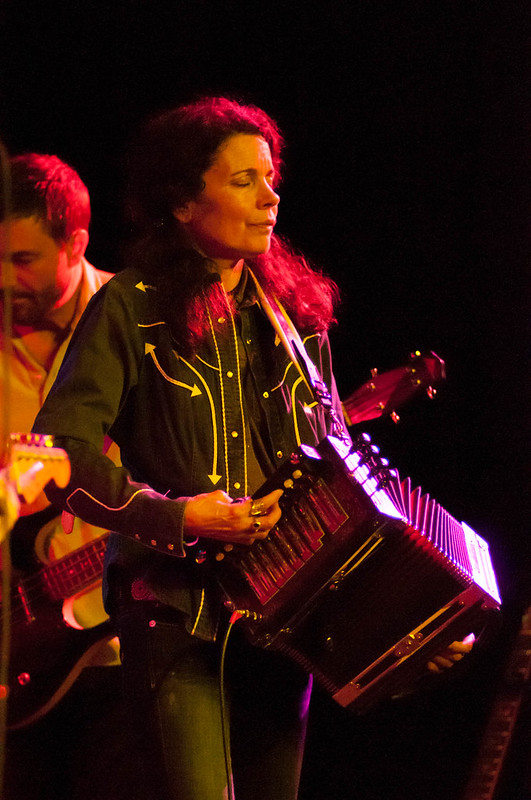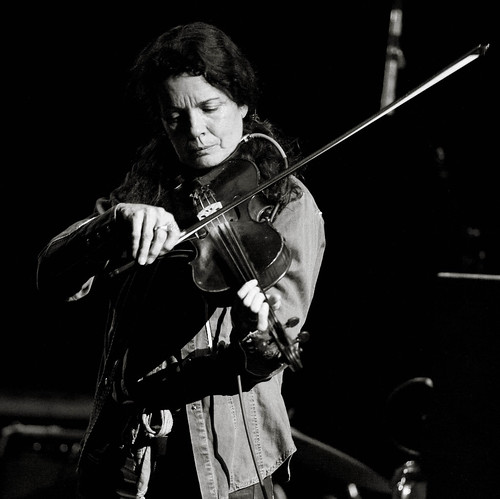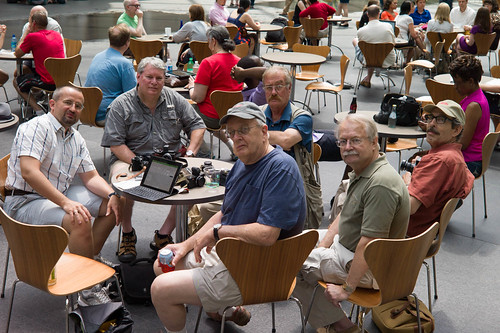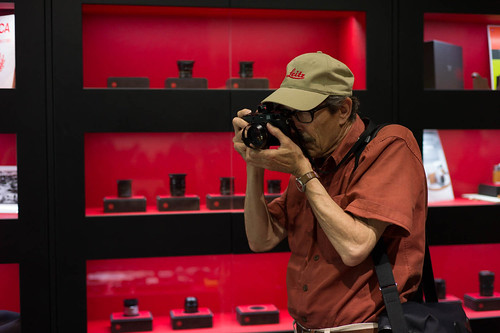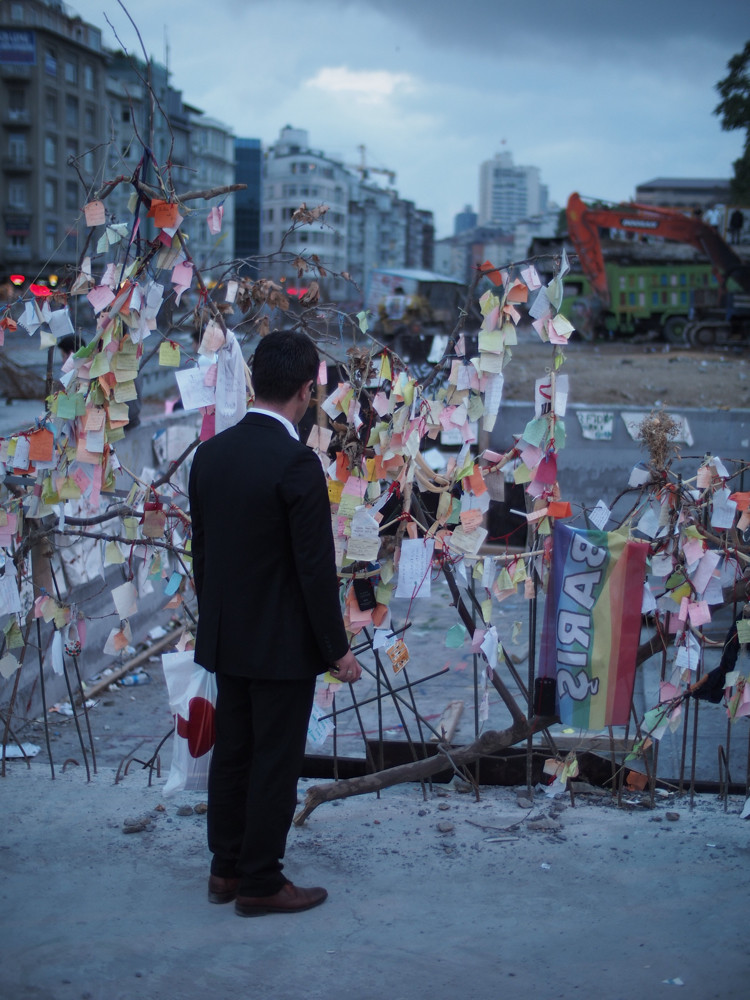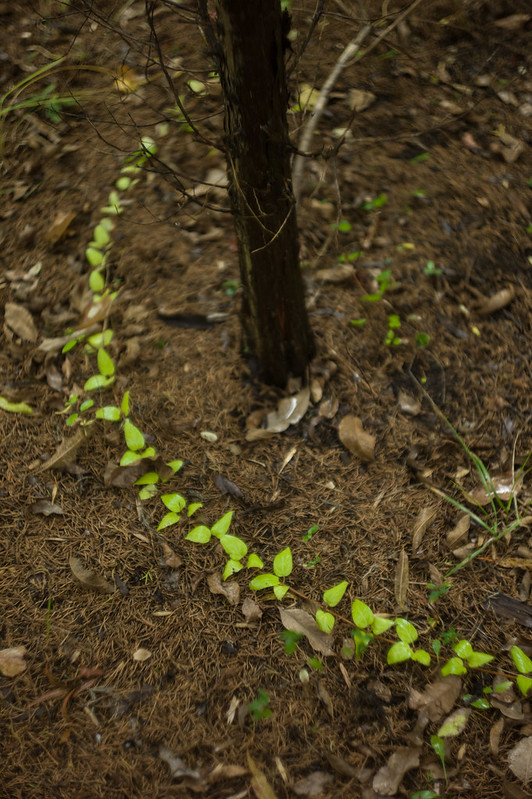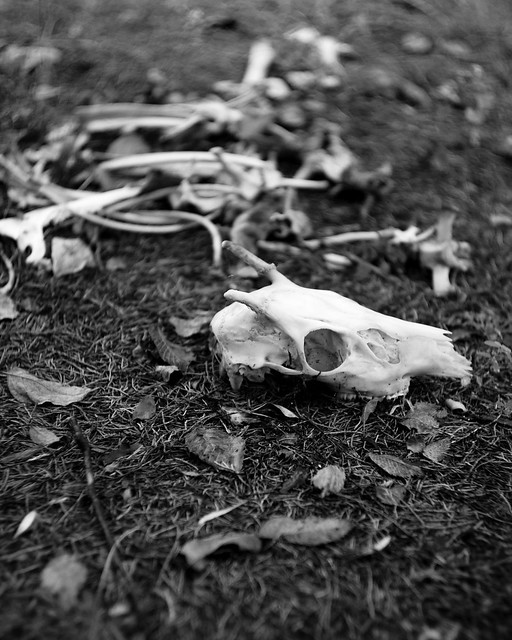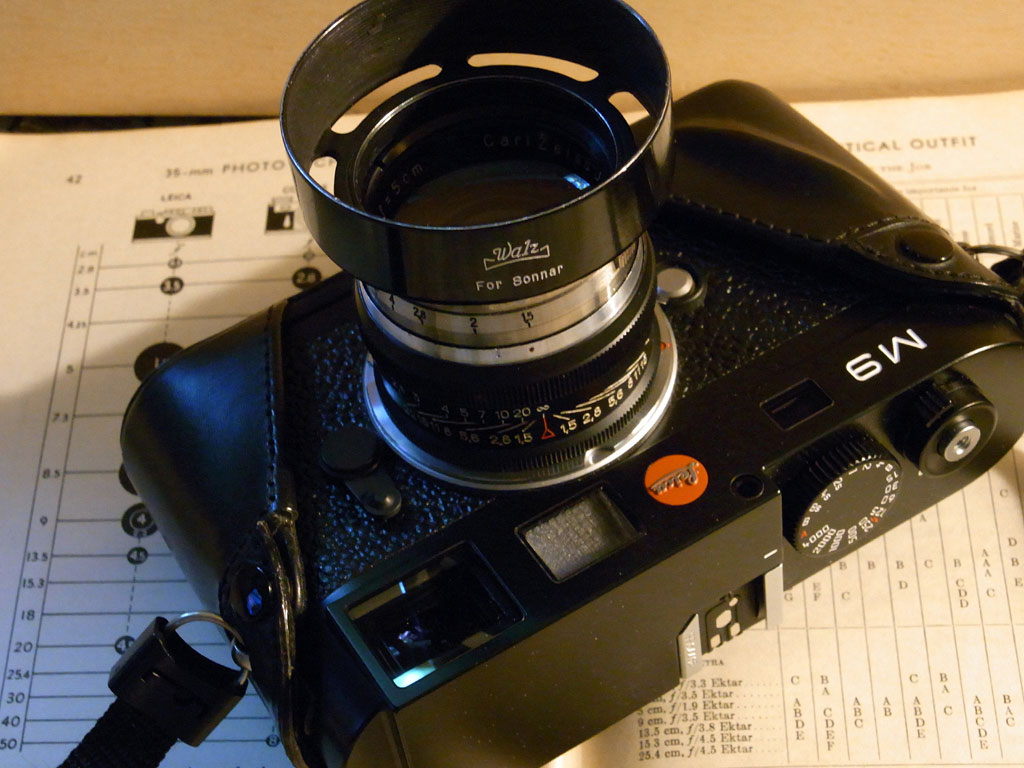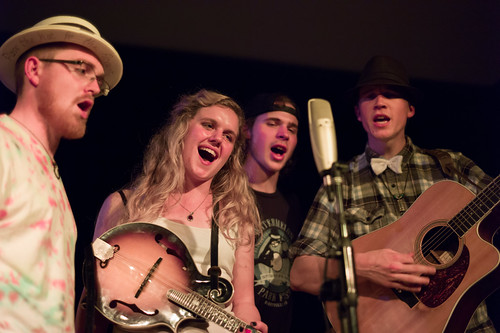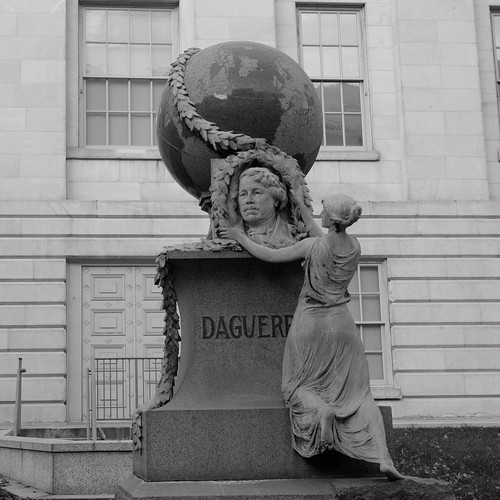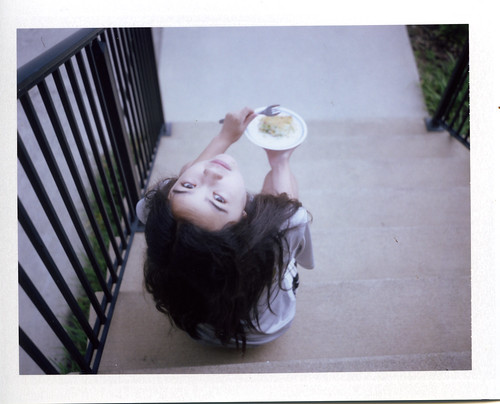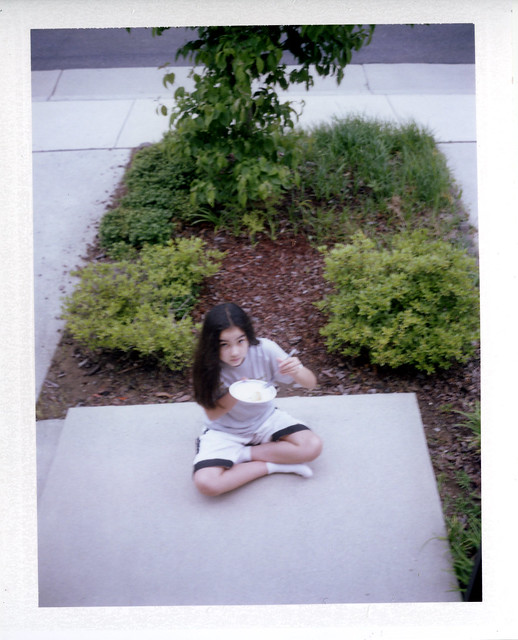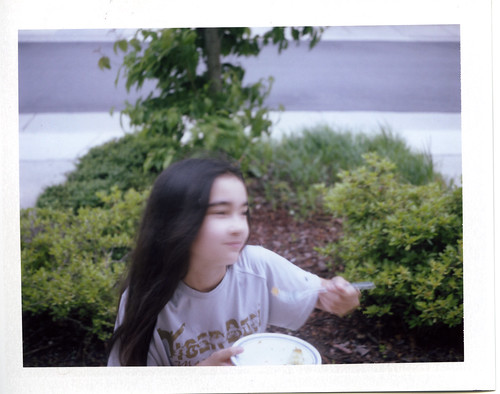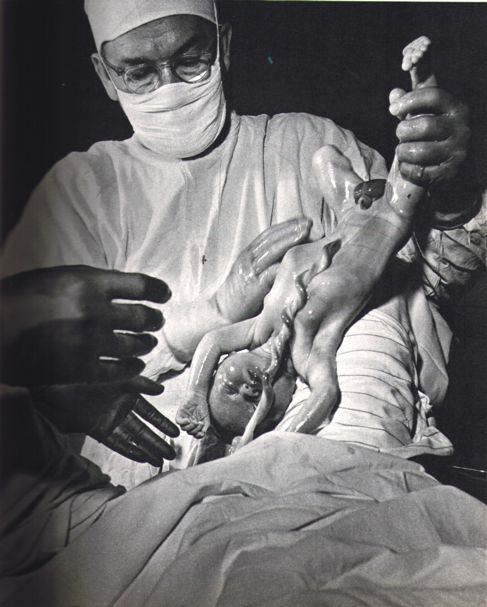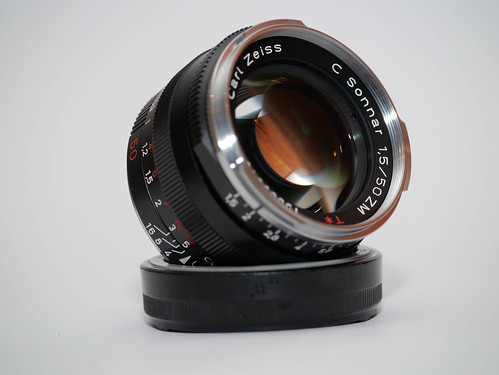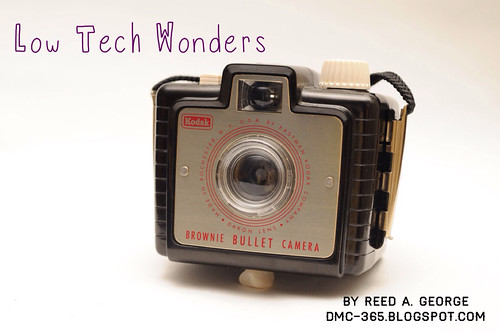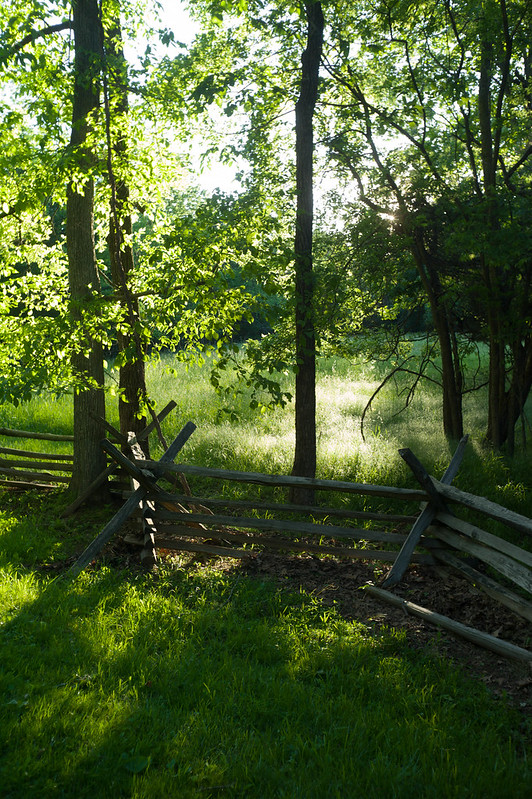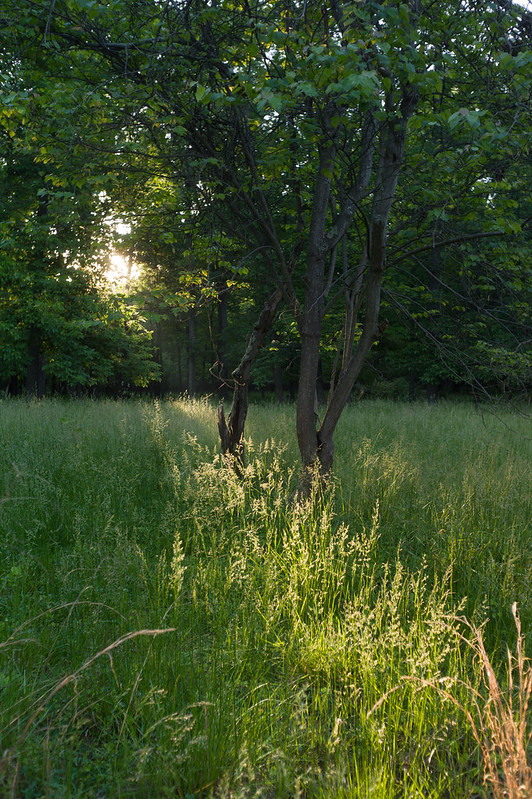On May 11, 2013, I got the opportunity to shoot photos of the band Donna The Buffalo for a local live music blog, Cosmic Vibes Live.
Donna The Buffalo, by Reed A. George
Nikon D300, Nikkor AF-D 50mm f1.4 Lens
iso 3200, f2.4, 1/90 sec
The show was at the State Theater in Falls Church, Virginia. This was the first coverage I've done for Cosmic Vibes Live where I didn't have to do the writing. While I enjoy writing, I found it really nice to be able to focus on the photography. The writing was done by Jim McWalters. Jim and I met at the State before the show so that Jim could interview bandmembers Tara Nevins and Jeb Puryear on their tour bus.
Interview With Tara Nevins, by Reed A. George
Nikon D700, Nikkor AF-D 50mm f1.4 Lens
iso 2200, f2.4, 1/45 sec
(
Click Here) to read Jim's show review on Cosmic Vibes Live. The interview will be covered in an upcoming piece.
The show opened with a brand new band, Floodwood. Including two members of the band Moe. (Al Schnier and Vinnie Amico), Floodwood has a distinctly different sound from Moe. This band has a lot of energy on stage, and the new sound is great.
Floodwood, by Reed A. George
Nikon D300, Nikkor 85mm f1.8 AF-D Lens
iso 3200, f2, 1/180 sec.
Floodwood, by Reed A. George
Nikon D300, Nikkor 85mm f1.8 AF-D Lens
iso 3200, f2, 1/125 sec.
Floodwood, by Reed A. George
Nikon D300, Nikkor 85mm f1.8 AF-D Lens
iso 3200, f2, 1/125 sec.
Here are a few more shots of Donna The Buffalo:
Donna The Buffalo, by Reed A. George
Nikon D700, Nikkor AF 180mm f2.8 Lens
iso 6400, f2.8, 1/125 sec
Tara Nevins, by Reed A. George
Nikon D300, Nikkor AF 180mm f2.8 Lens
iso 3200, f2.8, 1/125 sec
Tara Nevins, by Reed A. George
Nikon D700, Nikkor AF 180mm f2.8 Lens
iso 6400, f2.8, 1/125 sec
Donna The Buffalo has been around almost 25 years, starting up in 1989. They have a very rich, positive sound. In fact, they have a new album out, "Tonight, Tomorrow, and Yesterday." It's their tenth studio album, the first in five years. I got a copy before the release on the night of the show - it's really worth listening to! Give it a try.
A little on my photographic approach - I used Nikon DSLRs for this show. It was my first time at the State, and I was happy to have the high iso capability of the Nikons with me. The lighting there was a little low for such a large venue, and a little muddy. As you can see, I did need up to iso 6400 to make the shots. I've just started using a Nikon D300 as a second body; the D700 is my primary. While the D300 does a nice job, the high iso performance is noticeably more noisy than the full-frame D700. No surprise there. Also, while most concert photographers use the 70-200 f2.8 zoom, I have recently gotten a used 180mm f2.8 Nikkor AF lens. I LOVE IT! The 180 is half the weight of the 70-200, and yields excellent images in my opinion. I won't be going back to a zoom for the long end of my concert shooting anytime soon.
Overall, it was a great experience shooting this show. Thanks to Jeff and Jim at Cosmic Vibes Live for the opportunity!
DMC-365.blogspot.com
